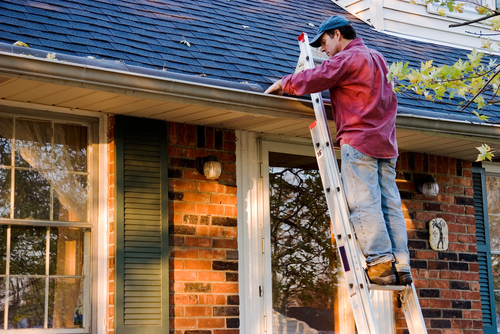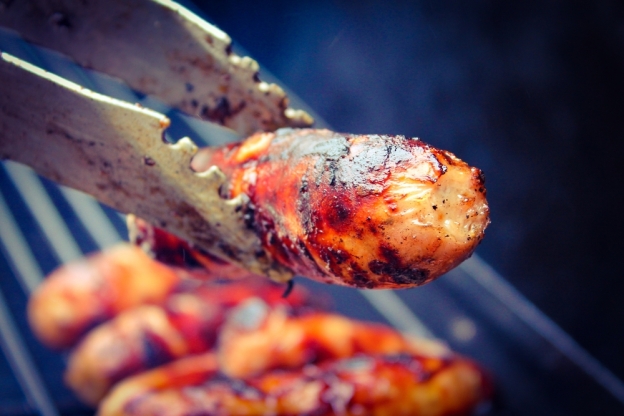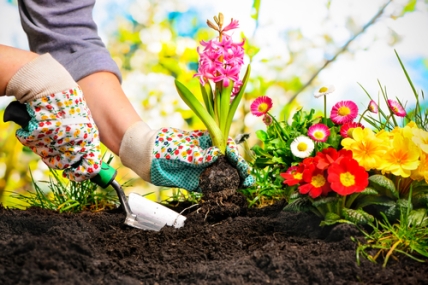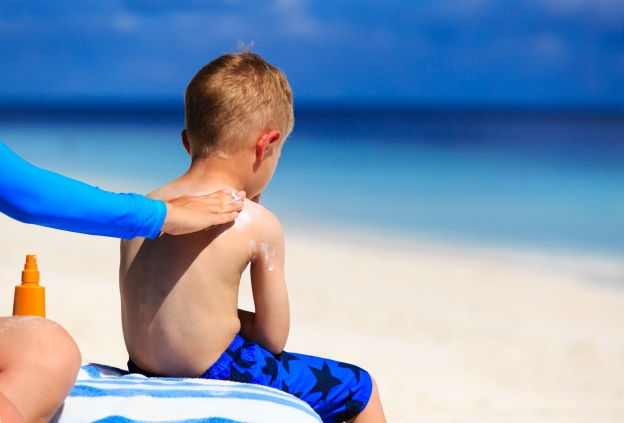Your home may be a sanctuary and place of respite, but it can feel a little bit more like a prison when bad weather is keeping you from spending much time outdoors. Cabin fever hasn’t quite earned a place in the psychiatric manuals just yet, so it’s fine to treat this restlessness and frustration on your own with a few fun activities to get out of a funk.
Rearrange the Furniture
It will involve a little cleaning if the sofa has a few dust bunnies under it, but moving your furniture around can make your familiar walls feel brand new again. Spend a few bucks on a new piece of wall art or a bunch of fresh flowers to spruce up the place as well. Even giving a single room a new arrangement makes a big difference to your mental state, especially if you can improve the flow or fix a long-term space issue.
Try Mindfulness Exercises
Meditation is the traditional way to practice mindfulness, but it’s not always the ideal time to practice sitting still when you’re already feeling restless with cabin fever. Yoga or even an exercise like pilates is a great way to get in shape, release stress, and practice focusing on your body and the moment rather than your unhappiness with the weather. Even jumping rope can serve as an ideal focus for your excess energy without requiring you to suit up in snow gear.
Travel for a Quick Trip
When it reaches a fever pitch due to winter conditions, getting away is one of the best ways to shake it off. You don’t need an accumulation of vacation time just to make a quick pre-spring trip either. Try a weekend away that only requires a short flight or a drive to a warmer destination. A weekend getaway is just the right amount of new scenery to brighten up your mood.
Develop a New Skill
Starting oil painting or learning knitting can be too frustrating for some people, but others thrive on the challenge of starting a new hobby or professional skill. With the wide range of video tutorials, hands on local classes, and other learning opportunities, getting focused on one specific activity can make your last few weeks of winter a productive time instead of a difficult period.
Don’t forget to take some time to review your home insurance during your cabin fever focus on productivity too. Call us here at Matsen Insurance Agency if you need help with the process.











